Past Big Data Bowl Recaps
Recap of the NFL's first and second annual Big Data Bowl competitions.
Recap of the NFL's first and second annual Big Data Bowl competitions.
Congratulations to the winners of the NFL’s inaugural Big Data Bowl. Finalists presented their findings to members of the NFL league office, team executives, industry-leading representatives and league sponsors at the NFL Combine. The two grand prize winners received four tickets to a 2019 regular season NFL game and a $1,000 NFLShop.com gift card.
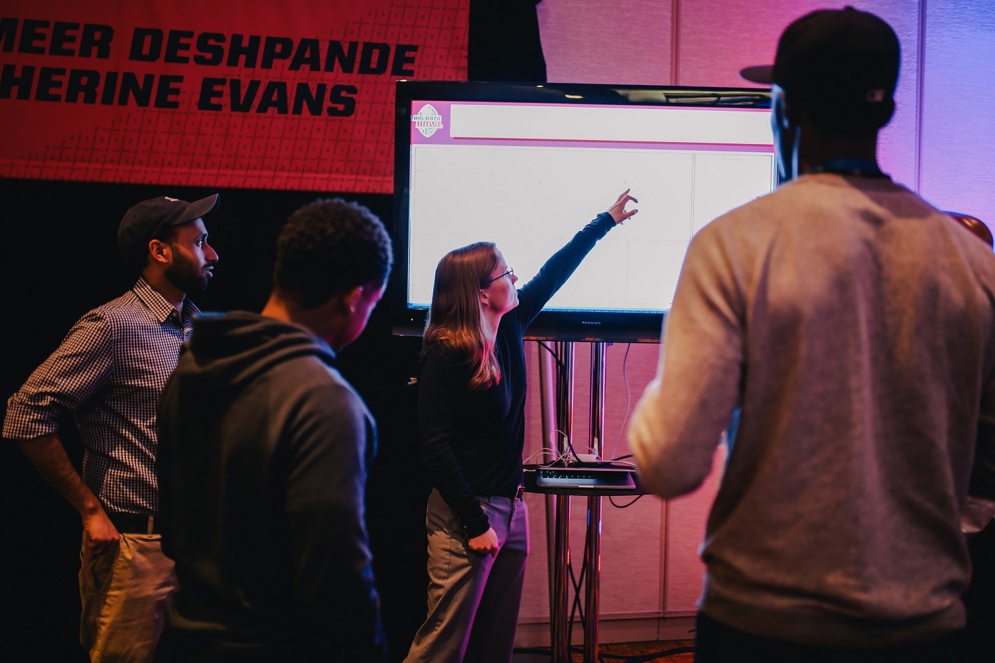
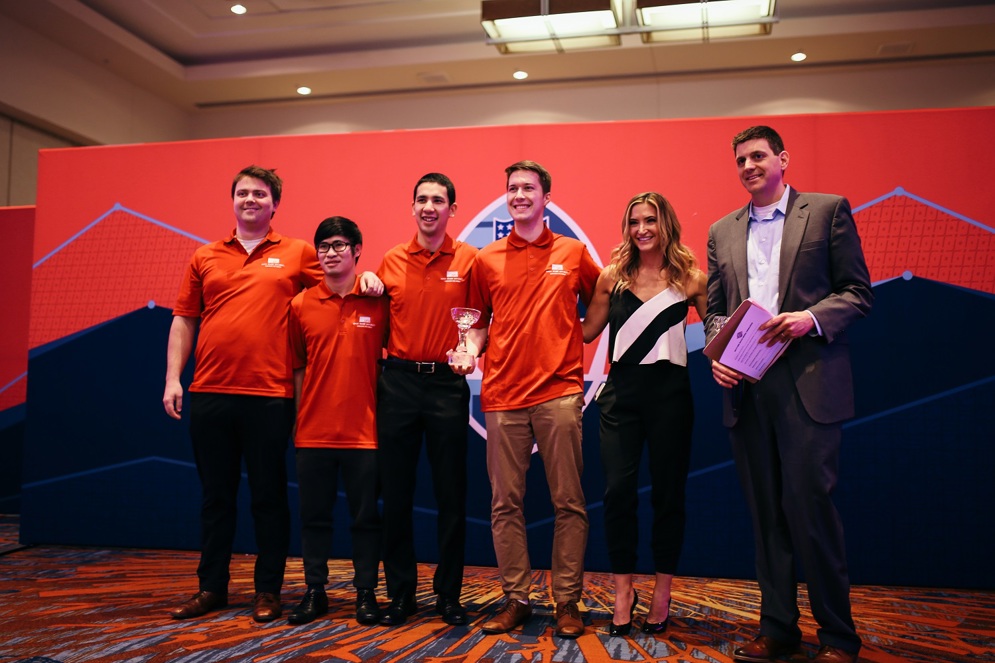
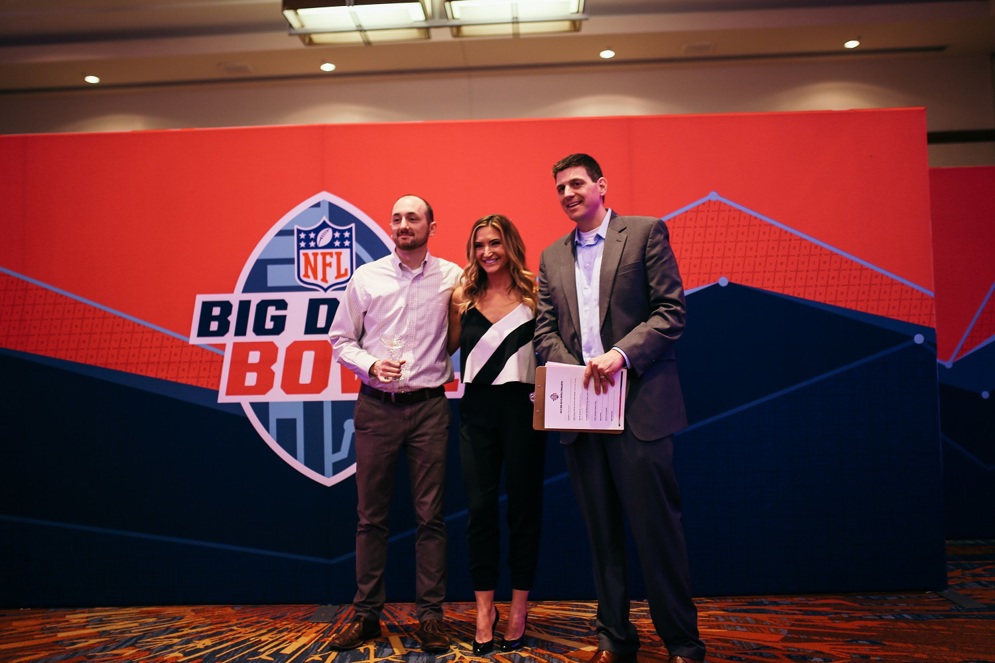
Matthew Reyers, Dani Chu, Lucas Wu, James Thomson, Simon Fraser University – Routes to Success
Nathan Sterken – RouteNet: a convolutional neural network for classifying routes
Recap of the first-ever Big Data Bowl.
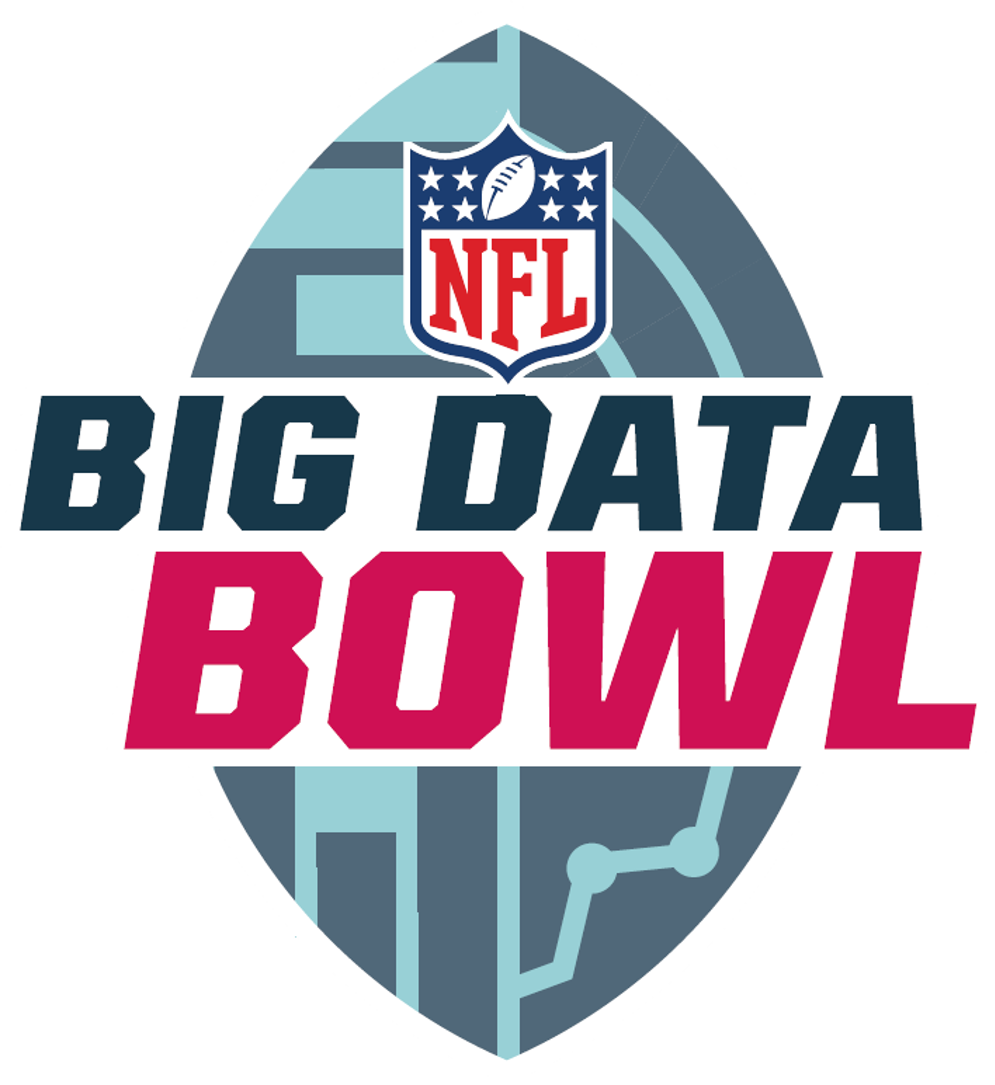
Kyle Burris, Duke University – A trajectory planning algorithm for quantifying space ownership in professional football
Key Stat: In the play above, Carr released the pass only 0.3 seconds after Holton beat his defender, suggesting the quarterback knew he was going to Holton before the receiver broke free.
Peter Wu, Brendon Gu, Carnegie Mellon University – DIRECT: A two-level system for defensive interference rooted in repeatability, enforceability, clarity, and transparency
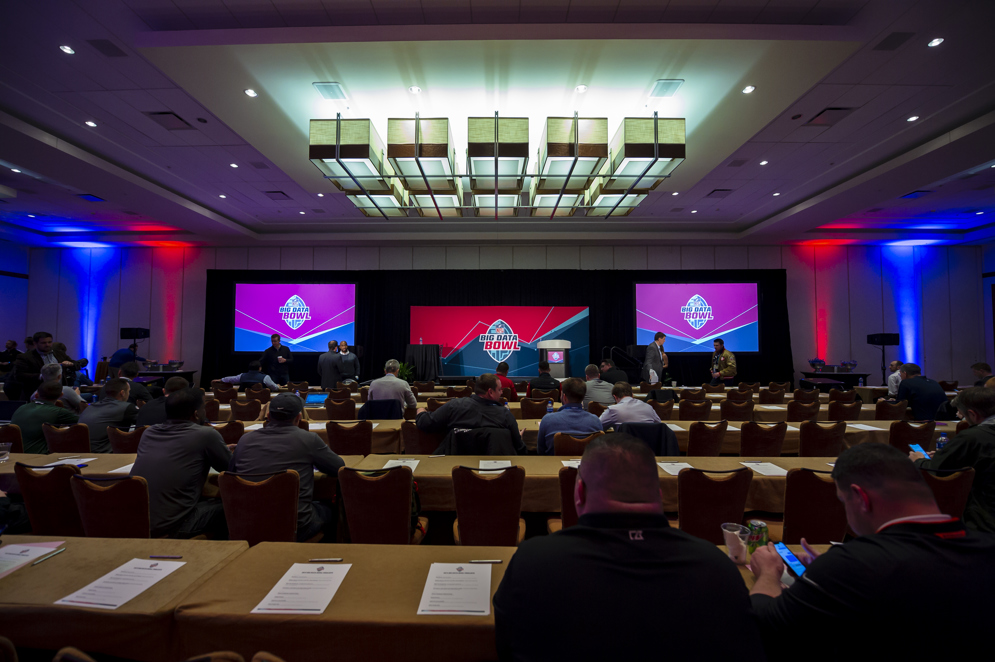
Jack Soslow, Jake Flancer, Eric Dong, Andrew Castle, University of Pennsylvania – Using autoencoded receiver routes to optimize yardage
Sameer Deshpande, Katherine Evans – Expected hypothetical completion probability
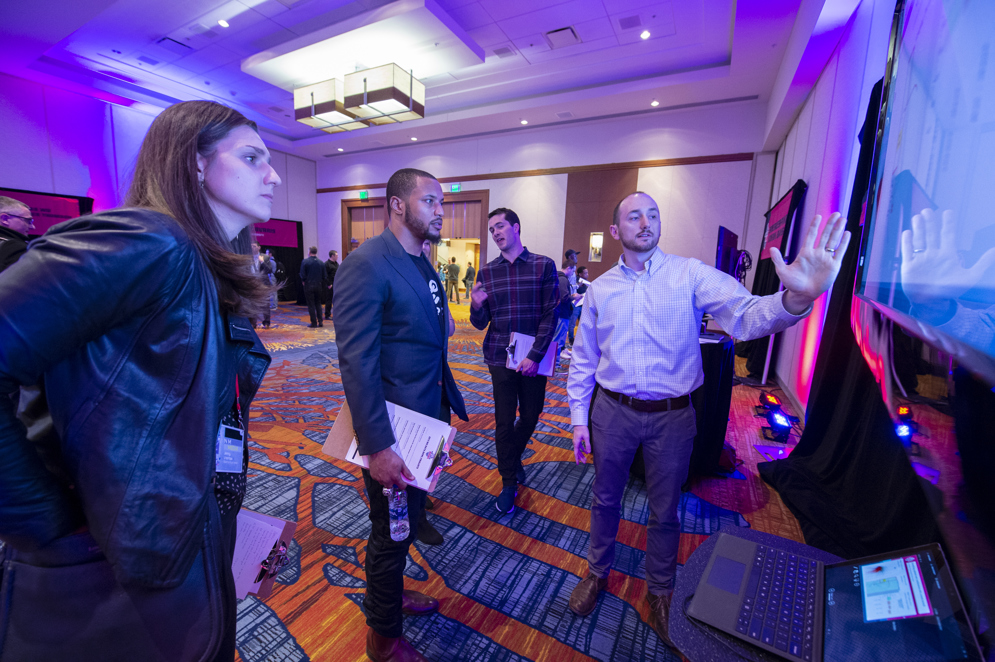
Cathy Ha, Lucas Calestini – Efficient speed usage and the impact of fatigue in speed performance: an exploratory study
Adam Vonder Haar – Exploratory data analysis of passing plays using NFL tracking data
Next Gen Stats data — which includes location, speed, acceleration, and velocity for all players on the field — was one of several data sets that are available to participants.
More than 2,000 data scientists from all over the world competed on Kaggle to predict rushing play outcomes during Weeks 13 through 17 of the 2019 regular season. Submissions to the 2020 contest were tracked using a leaderboard that updated weekly, with the participants who most accurately predicted how many yards rushers would gain winning the competition.
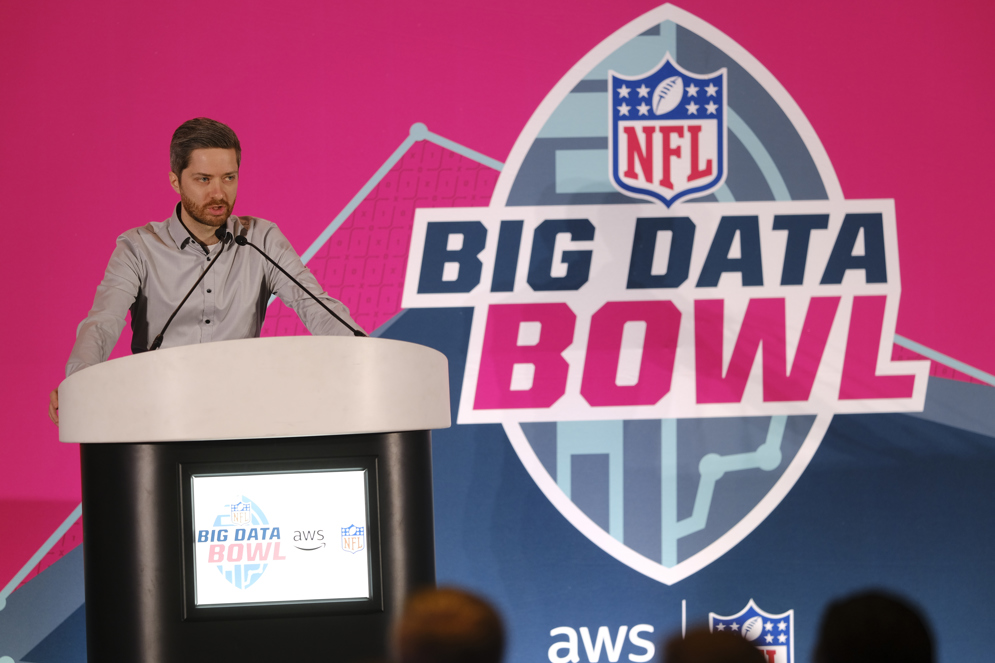
2020 Big Data Bowl winner Dmitry Gordeev speaking in Indianapolis.
Data scientists Philipp Singer and Dmitry Gordeev from Austria captured the top prize of $50,000 with their highly technical approach in the NFL’s second annual Big Data Bowl.
Singer and Gordeev comprise The Zoo, a data science team based in Austria. Singer studied software engineering and economics in Austria, where he finished a Ph.D. in computer science. Gordeev studied at Moscow State University and graduated as a specialist in applied math/data mining. Both work at UNIQA Insurance Group in Vienna and have teamed up to win six gold medals on Kaggle.
For the 2020 competition, the top submissions shared $75,000 in prizes, and top contestants presented their work to NFL club analytics staff at the NFL Combine in Indianapolis. Below is a summary of each presentation and a link to the complete entry.
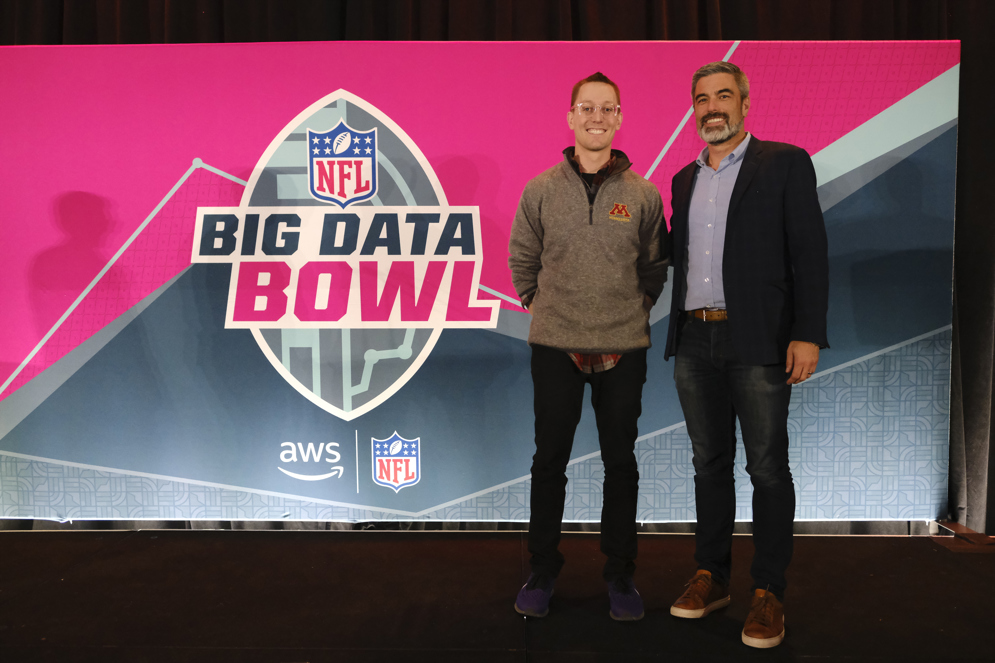
Matt Ploenzke, Harvard
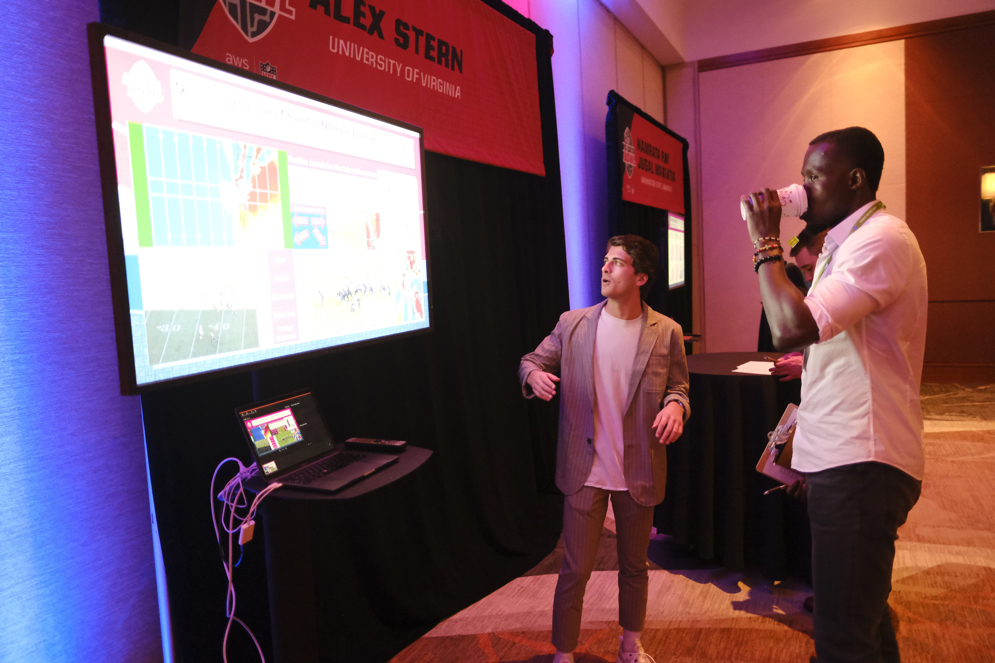
Kellin Rumsey, Brandon DeFlon, University of New Mexico
Graham Pash, Walker Powell, NC State
Namrata Ray, Jugal Marfatia, Washington State University
Alex Stern, University of Virginia

Caio Brighenti, Colgate University